How to buy online safely: A Comprehensive Guide
The convenience of online shopping is undeniable. The ability to browse a vast selection of goods and buy online safely from the comfort of your home has revolutionized how we consume. However, this ease also comes with potential risks. Ensuring your online shopping experience is secure requires vigilance and understanding best practices. This guide provides comprehensive advice on how to buy online safely and protect your personal and financial information.
Setting the Stage to buy online safely
Before you even start browsing, there are several steps you can take to enhance your online safety. These proactive measures can significantly reduce your risk of encountering scams or data breaches.
Use Strong, Unique Passwords
One of the most fundamental steps in staying safe online is using strong, unique passwords for all your online accounts, especially those related to shopping and finance. A strong password should include a combination of uppercase and lowercase letters, numbers, and symbols. Avoid using easily guessable information like your name, birthday, or common words. It’s also crucial to use a different password for each website. If one account is compromised, your other accounts will remain secure. Consider using a password manager to securely store and generate complex passwords.
Enable Two-Factor Authentication (2FA)
Whenever possible, enable two-factor authentication (2FA) on your online shopping accounts. 2FA adds an extra layer of security by requiring a second verification step, usually a code sent to your phone or generated by an authenticator app, in addition to your password. This means that even if someone manages to obtain your password, they will still need access to your second authentication factor to log in to your account.
Keep Your Software Updated
Ensure that your operating system, web browser, antivirus software, and firewall are always up to date. Software updates often include security patches that protect you from the latest threats and vulnerabilities. Enable automatic updates whenever possible to ensure you always have the latest protection without having to manually check for updates.
Be Cautious on Public Wi-Fi
Avoid making online purchases or accessing sensitive accounts when connected to public Wi-Fi networks. These networks are often less secure and can be targeted by hackers. If you must use public Wi-Fi, consider using a Virtual Private Network (VPN), which encrypts your internet traffic and provides a more secure connection.
During Your Purchase: Smart Shopping Habits
Once you’re ready to buy online safely, pay close attention to the website and the transaction process. These steps can help you identify legitimate sellers and secure your payment information.
Check for “HTTPS” and the Padlock Icon
Before entering any personal or payment information on a website, always check the address bar for “HTTPS” at the beginning of the URL and a padlock icon. “HTTPS” indicates that the website uses Secure Socket Layer (SSL) encryption, which helps protect the data transmitted between your browser and the website server. The padlock icon confirms that the website’s security certificate is valid. If either of these is missing, it’s best not to proceed with the purchase.
Research the Seller
Before making a purchase from an unfamiliar online store, take some time to research the seller. Look for reviews and ratings from other customers on independent review sites. Check if the website provides clear contact information, including a physical address and phone number. Be wary of websites with no contact details or numerous negative reviews. A legitimate business should have a transparent and verifiable online presence.
Be Wary of Suspicious Deals and Phishing Attempts
Be cautious of deals that seem too good to be true, as they often are. Scammers may use extremely low prices to lure unsuspecting buyers. Pay attention to unsolicited emails or messages offering incredible discounts or requesting personal information. These could be phishing attempts designed to steal your credentials or financial data. Never click on links or provide sensitive information in response to suspicious emails or messages. Go directly to the retailer’s official website if you need to check on a promotion or your account.
Use Secure Payment Methods
When making online purchases, use secure payment methods such as credit cards or reputable third-party payment processors like PayPal. Credit cards often offer fraud protection, allowing you to dispute unauthorized charges. Avoid using direct bank transfers or sending cash for online purchases from unfamiliar sellers. These methods typically offer less protection against fraud.
Review Your Order Carefully
Before finalizing your purchase, take a moment to review your order details carefully, including the items, quantities, price, shipping costs, and delivery address. Ensure everything is correct before submitting your payment. Keep a record of your order confirmation, including the order number and any relevant details, in case you need to contact the seller or track your shipment.
After Your Purchase: Staying Protected
Your responsibility for online safety doesn’t end once the purchase is complete. Monitoring your accounts and being aware of potential issues afterward is crucial.
Monitor Your Bank and Credit Card Statements
Regularly check your bank and credit card statements for any unauthorized transactions. If you notice any suspicious activity, report it to your financial institution immediately. Early detection can help minimize potential losses and prevent further fraudulent charges.
Be Cautious of Post-Purchase Communications
Be wary of unsolicited emails or messages claiming to be from the retailer after your purchase, especially if they ask for additional personal or payment information. Legitimate businesses will usually not request sensitive information after a transaction is complete. If you have any doubts about the authenticity of a communication, contact the retailer directly through their official website or phone number.
Secure Your Devices
Ensure that the devices you use for online shopping, such as your computer and smartphone, are protected with strong passwords or biometric authentication. Install reputable antivirus and anti-malware software and keep it updated. Regularly scan your devices for potential threats. Consider using privacy settings on your browser and limiting the amount of personal information you share online.
By following these guidelines, you can significantly enhance your safety when you buy online safely and enjoy the convenience of e-commerce with greater peace of mind. Remember that staying informed and being vigilant are key to a secure online shopping experience.
Share this content:
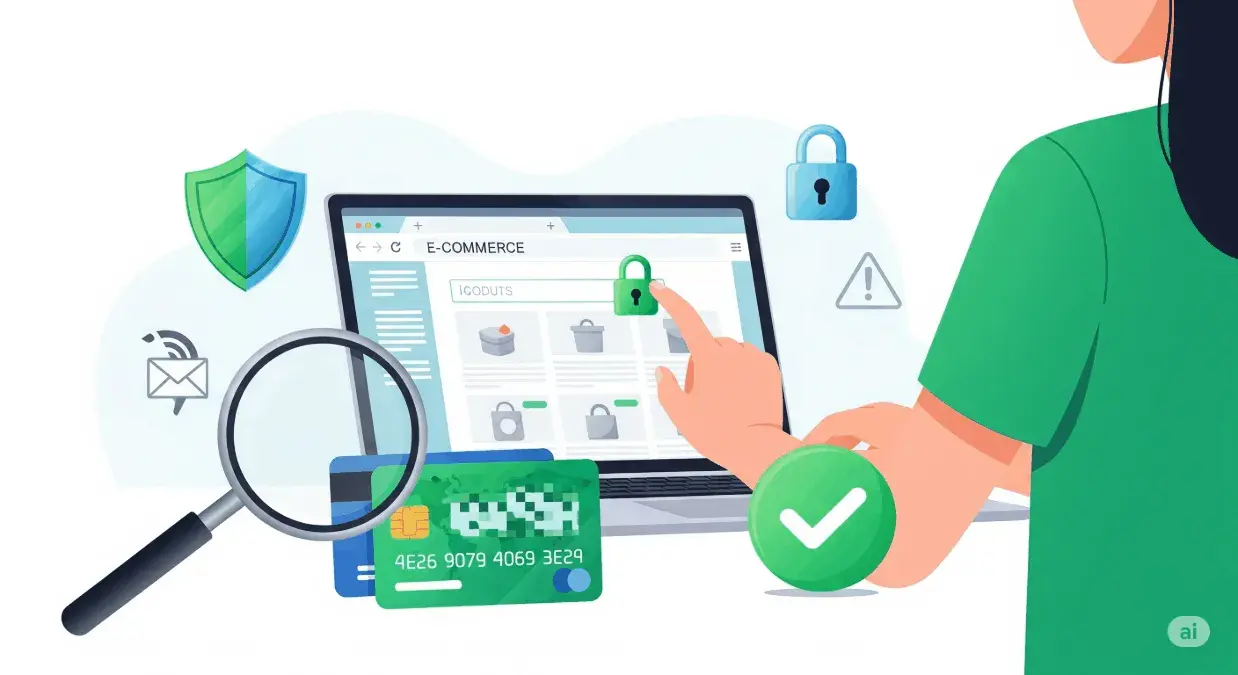

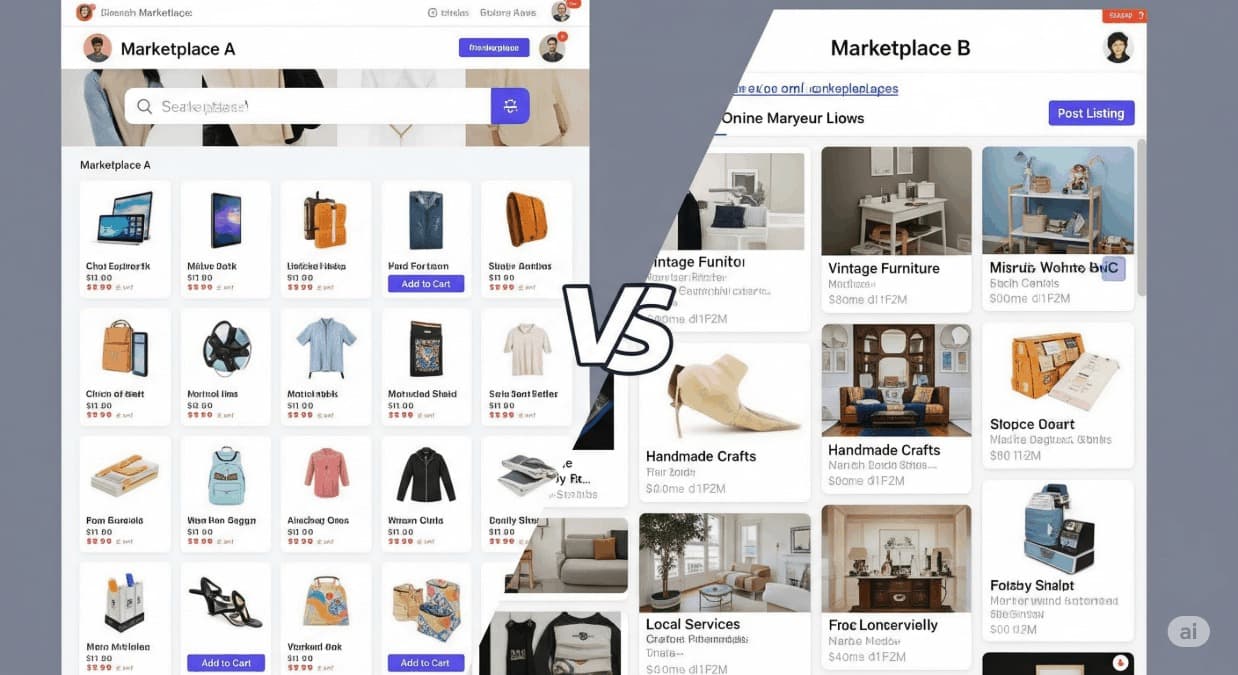
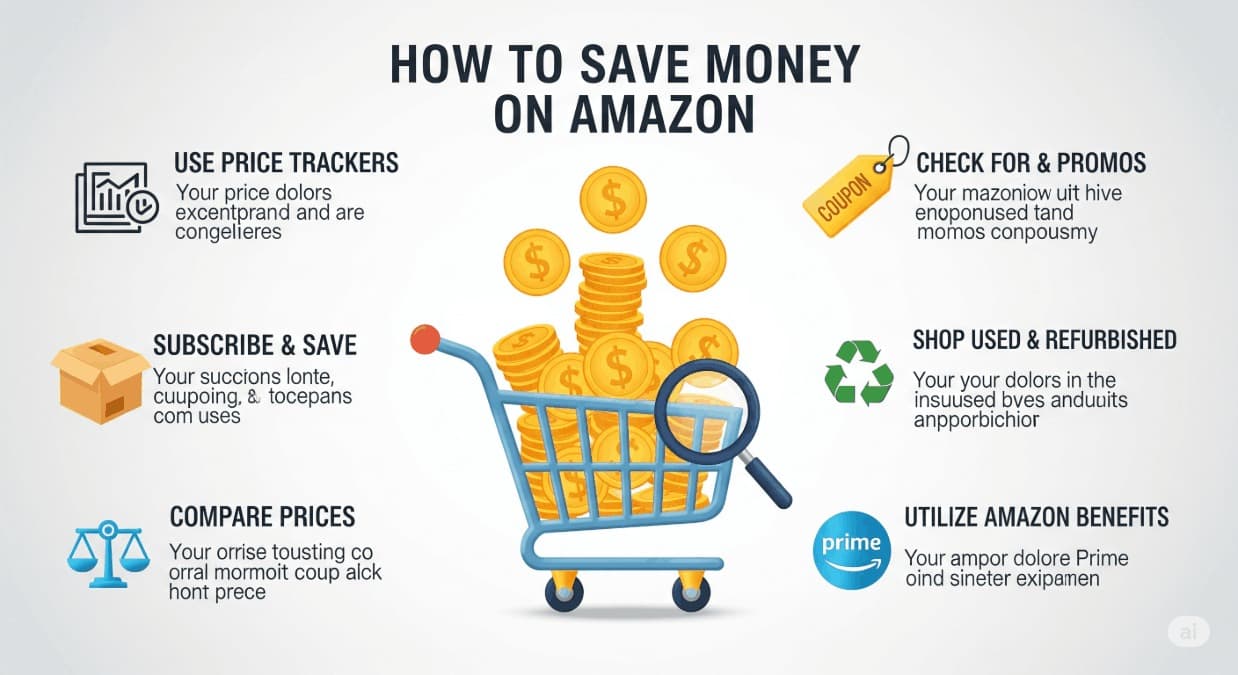


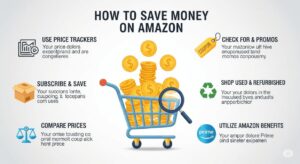


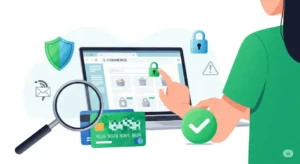

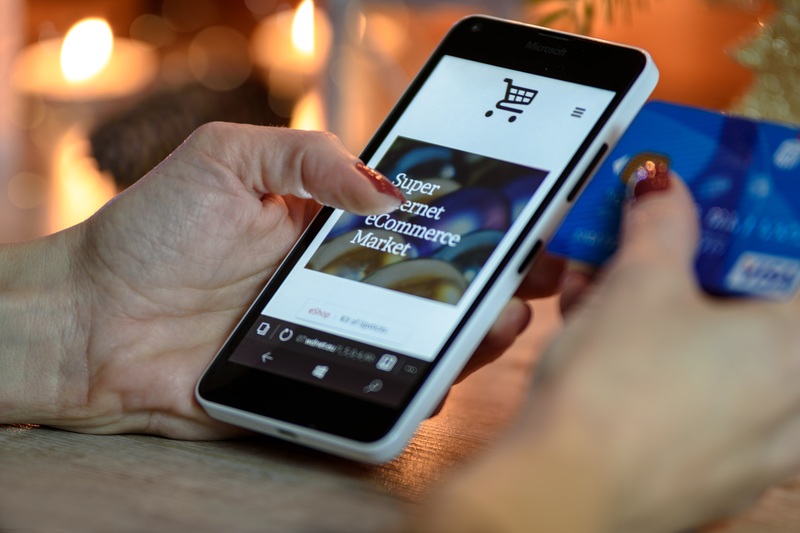

Post Comment